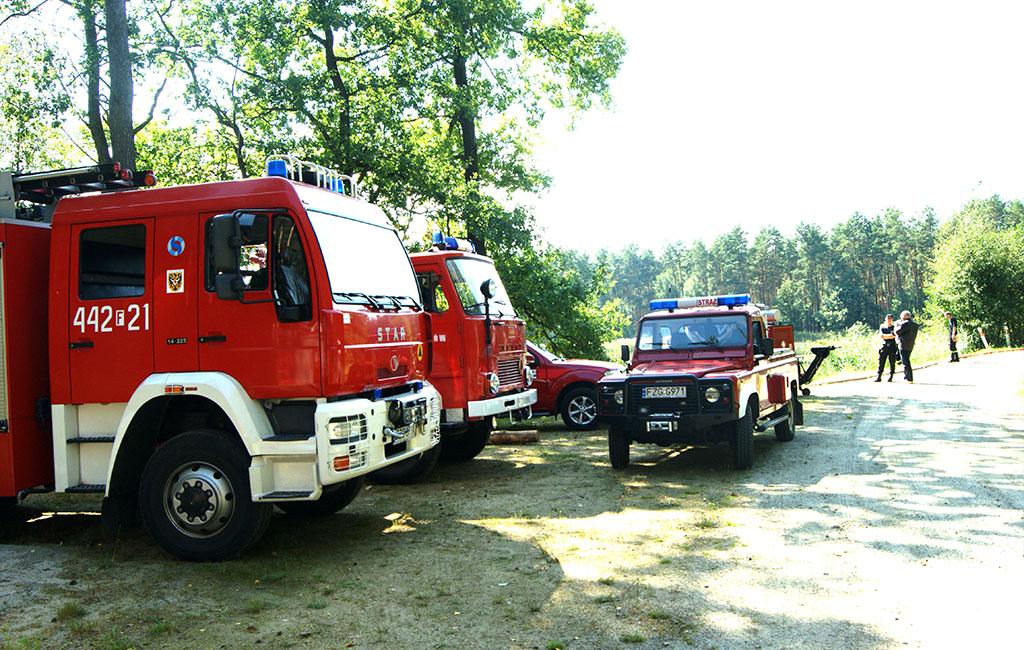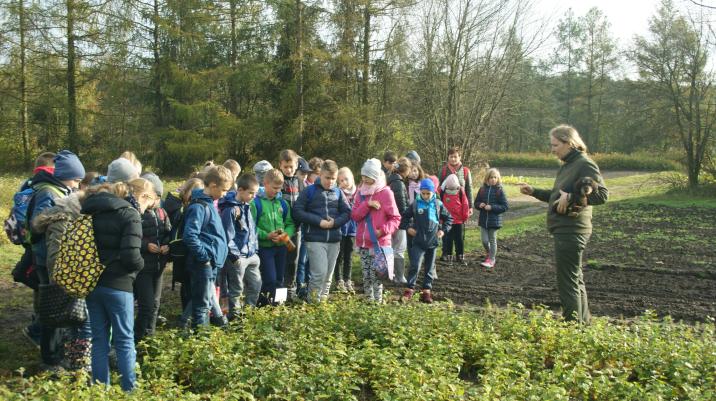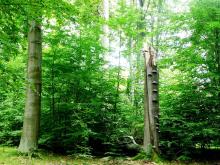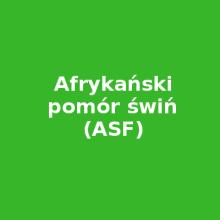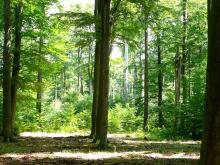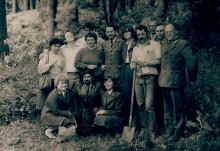 Asset Publisher
Asset Publisher
Forest Protection
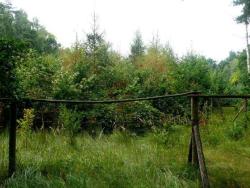 Jednym ze sposobów zabezpieczenia upraw leśnych przed zwierzyną jest grodzenie. Fot. Jerzy Wilanowski
Jednym ze sposobów zabezpieczenia upraw leśnych przed zwierzyną jest grodzenie. Fot. Jerzy Wilanowski
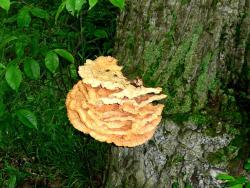 Żółciak siarkowy. Fot Jerzy Wilanowski
Żółciak siarkowy. Fot Jerzy Wilanowski
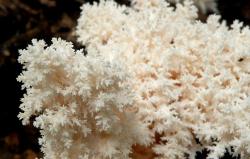 Soplówka. Fot. Jerzy Wilanowski
Soplówka. Fot. Jerzy Wilanowski
 Nadleśnictwo Szprotawa posiada opracowany „Sposób postępowania na wypadek powstawania pożaru lasu". Fot. Jerzy Wilanowski
Nadleśnictwo Szprotawa posiada opracowany „Sposób postępowania na wypadek powstawania pożaru lasu". Fot. Jerzy Wilanowski
Knowledge of natural processes occurring in the environment and controlling the condition of the forest enable foresters to diagnose any hazards that can have negative impact on the forest in advance. Every year efforts are made to protect sustainability of the forest and improve its natural resistance to harmful factors.
Biotic damage is caused by appearance of insects that feed on leaves or weakened trees on a large scale.
Large Pine Weevil is a common crop pest. The species does not pose great hazard but classic traps are distributed for control from time to time.
Secondary pests found in Szprotawa Forest District are: Steelblue Jewel Beetle (hazard is verified with the use of trap trees), Agrilus biguttatus or European spruce bark beetle.
Other biotic factors also include pathogen fungi causing damage in forest crops and young tree stands. They include mainly Armillaria fungi and Heterobasidion annonsum.
To prevent damage caused by wild animals foresters employ a wide range of protective methods – fencing, shields and repellents.
Szprotawa Forest District has been qualified for 1st level of fire hazard. Sadly foresters still encounter cases of mindless behaviour such as burning of grass or even intentional forest arson.
Forest District has its own "Emergency procedure for forest fires" updated every year. The document includes procedures applicable for Inspectorate staff to be followed in case of fire and determines methods of cooperation with units of the State Fire Service.
Educational activities focused on the local youth include meetings and competitions on rules of fire protection in forests.
Litter dumped in forests is another serious problem. Foresters also report individual cases of poaching and theft of timber for fuel.
 Asset Publisher
Asset Publisher
Jesień
Jesień
Ostatnie ciepłe dni zachęciły czwartoklasistów ze Szkoły Podstawowej nr 1 ze Szprotawy do odwiedzenia lasu na terenie Nadleśnictwa Szprotawa.
Na początku przedstawiliśmy młodzieży Dęba Chrobrego - największy w Polsce dąb szypułkowy.
Z Piotrowic przejechaliśmy na Szkółkę Leśną w Krzywczycach. Tam pokazaliśmy 4c i 4e gdzie las ma swój początek.
Najwięcej zalesień wykonujemy wiosną, ale jesień to także czas sadzenia lasu.
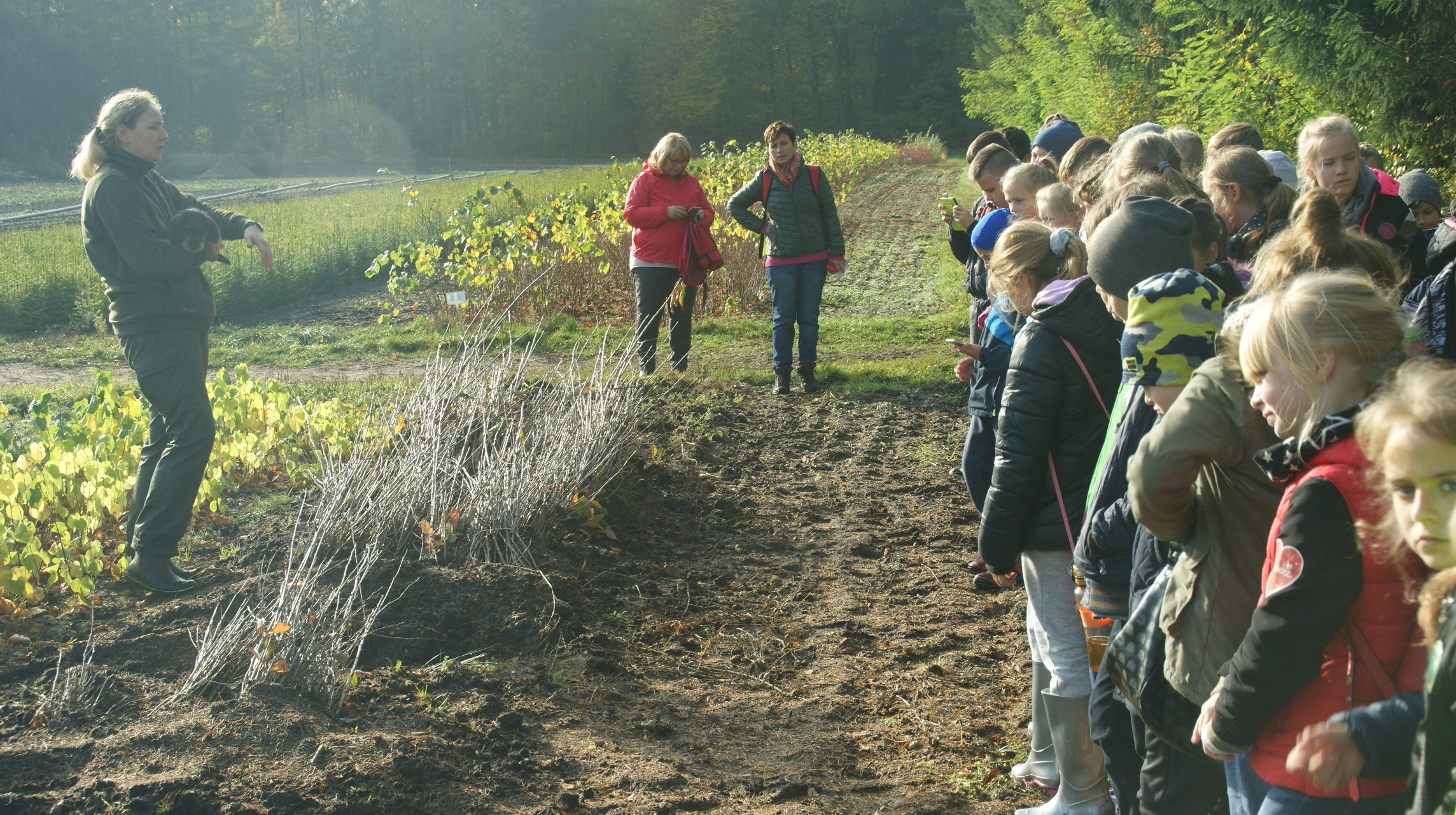
Uczniowie mieli okazję zobaczyć sadzonki przygotowane do wyjazdu na nowozakładane uprawy leśne.
A za szkółką, oprócz polskich drzew – sosny, świerka, jodły i modrzewia – gatunek obcy – daglezja.

Czym pachną daglezjowe igły?
Po obejrzeniu gęsto rosnących sadzonek na szkółkowych kwaterach poszliśmy na spacer na uprawę założoną tej wiosny. Na powierzchni dzieci zobaczyły w jakiej odległości należy sadzić od siebie drzewa, aby wyrósł z nich las.

Na zakończenie wycieczki kiełbaski upieczone samodzielnie na ognisku smakowały wybornie.
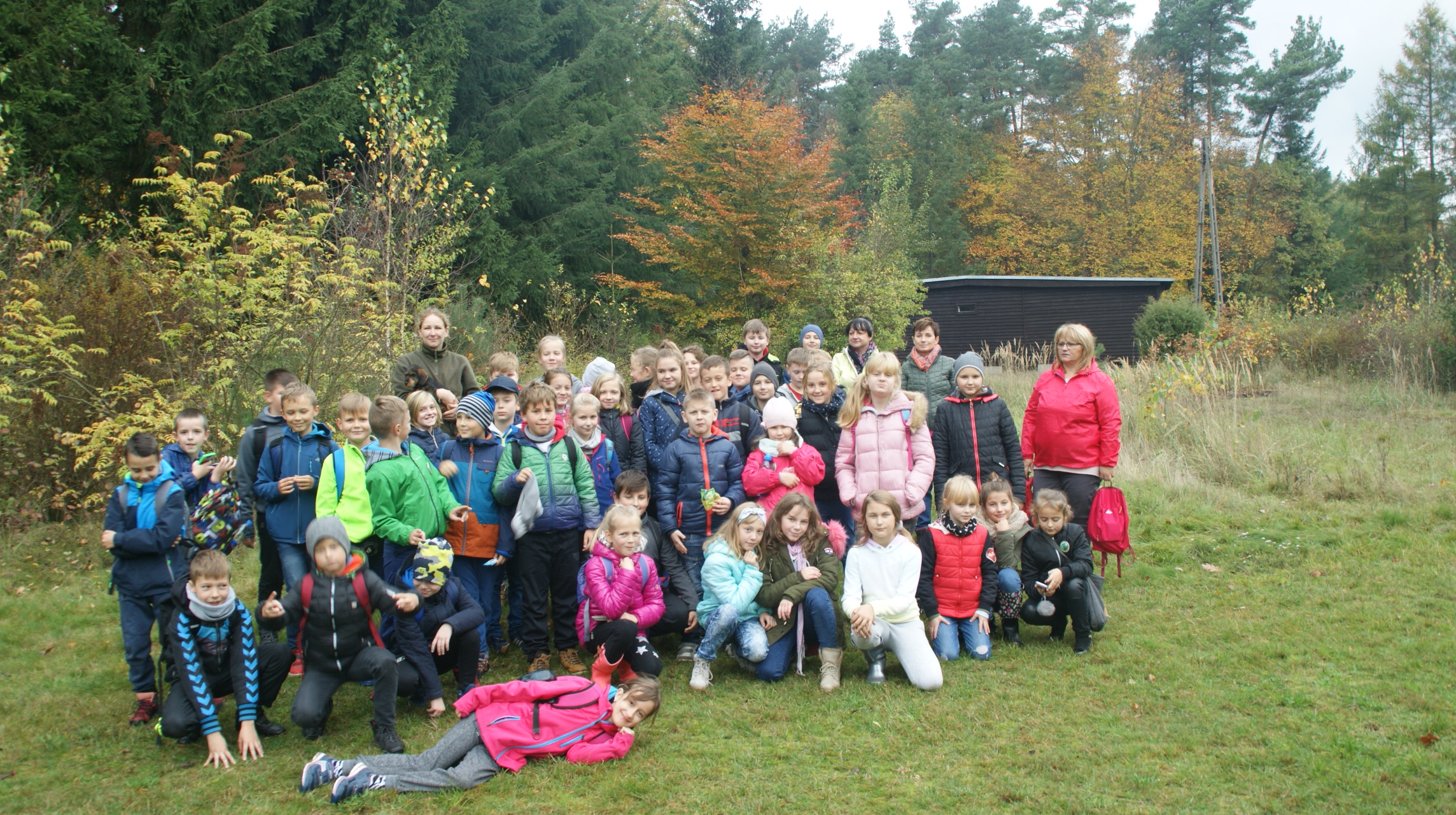
Zapraszamy do współpracy!
Tekst: Anita Ciasnocha
Zdjęcia: Konrad Werk



